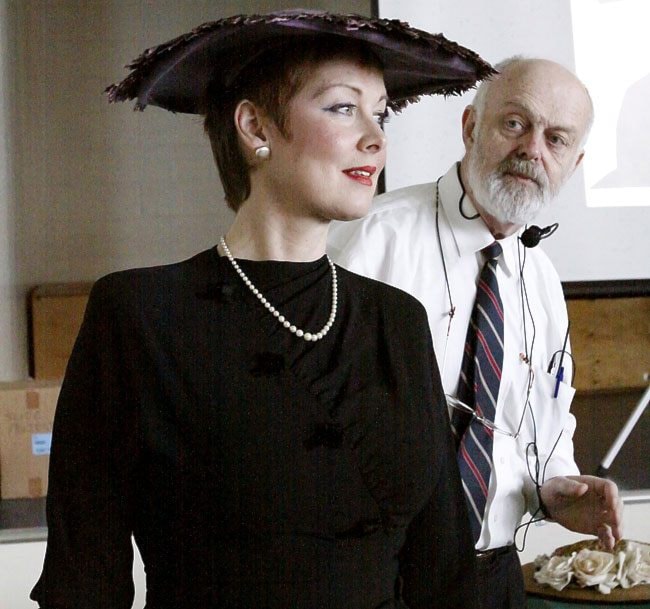A record number of trumpeter swans descended on southern Yukon this month.
Birdwatchers counted a peak of 2,432 of the big, graceful birds at Swan Haven at M’Clintock Bay on April 7. That blew away the previous record, set in 2000, of 1,101 swans spotted there during a single day.
“It’s more than double,” said Jim Hawkings, a biologist with the Canadian Wildlife Service.
Records continued to be set for nearly two weeks over early April, in large part because the migration occurred earlier than usual. Typically, the number of swans peaks during the third week of April.
But the swans showed up ahead of schedule this year, thanks to an unusually warm winter on the West Coast.
“They started leaving southern BC when the weather was warmer and they go as far north as they can, where there’s open water,” said Carrie McClelland, a wildlife viewing technician at Swan Haven. “It was just open, all through BC, so they just kept going.
“Eventually they came to Johnson’s Crossing and Marsh Lake and Tagish Narrows, and, all of a sudden, that was as far as they could go. They just sort of piled up there. That’s why we got to see thousands at a time.”
Two types of swan migrate to the Yukon: trumpeters and tundras. A seasoned birdwatcher is able to spot the differences between the two: trumpeters are bigger, sport flashes of red on their lower jaws, have straighter beaks and honk like the musical instrument that’s their namesake; tundras are smaller, often wear a teardrop-shaped splash of yellow beneath their eyes, have curved beaks and emit a higher, squeakier honk.
But even a professional will have trouble estimating with accuracy the balance between tundra and trumpeter swans when they’re gathered in a large flock. This was no problem in early April, however, because no tundra swans had yet arrived.
That’s because the two swans also have different wintering grounds and migration routes. Yukon’s trumpeters winter in BC’s Lower Mainland and fly north as the lakes thaw. The territory’s tundra swans winter further south, from Oregon to Colorado, and fly an arc through Alberta before reaching the Yukon.
Tundra swans, as their name suggest, fly further north than trumpeters, nesting beyond the treeline.
The tundra swans’ further-flung wintering grounds probably explain why they stayed on schedule, said Hawkings, as they were less affected by the West Coasts’ warm weather.
Warm weather also meant better viewings for birdwatchers. Some years, ice covers the part of the bay closest to the viewing area. That leaves viewers straining to see the swans through high-powered scopes. But this year “there’s a huge mudflat that’s open. The birds are a lot closer, they’re easier to see,” said McClelland.
By Tuesday evening, the swan count had dwindled to 266 trumpeters and 338 tundras.
But as swans continued their northerly migration, other birds have stepped in to fill their place at M’Clintock Bay.
That evening a birdwatcher spied 44 snow geese, which is a “huge” number for the time of year, said McClelland.
And approximately 3,000 ducks were spotted, many of which were also ahead of schedule, such as mallards, northern pintails and American wigeons.
There are also surf scooters, redheads, some of the first loons and horned grebes of the year, and about 800 green-winged teals.
Buffleheads and northern pintails are also early, which is handy for student tours of Swan Haven as they’re among the more easily identified ducks. So is the northern shoveler, which “has a big, fat bill that he uses as a shovel,” said McClelland.
Ducks often follow swans, allowing the long-necked birds to pull-up pondweed that the smaller birds wouldn’t be able to reach, then moving in to eat the leftovers.
“The ducks take all the extras. It’s a good little partnership they have going on,” said McClelland.
Swan Haven’s interpretive centre booked just under 600 visitors during the month it was open. On top of that, during the weekend of the 18th the centre received a turnout of about 500 people. The centre closes for the season today.
Meanwhile, unusual bird sightings continue.
Last Thursday, Hawkings spotted a Brant goose on the Yukon River near his home. The previous earliest recorded sighting for the bird was May 21.
“That’s just really weird,” he said.
Contact John Thompson at
johnt@yukon-news.com.
